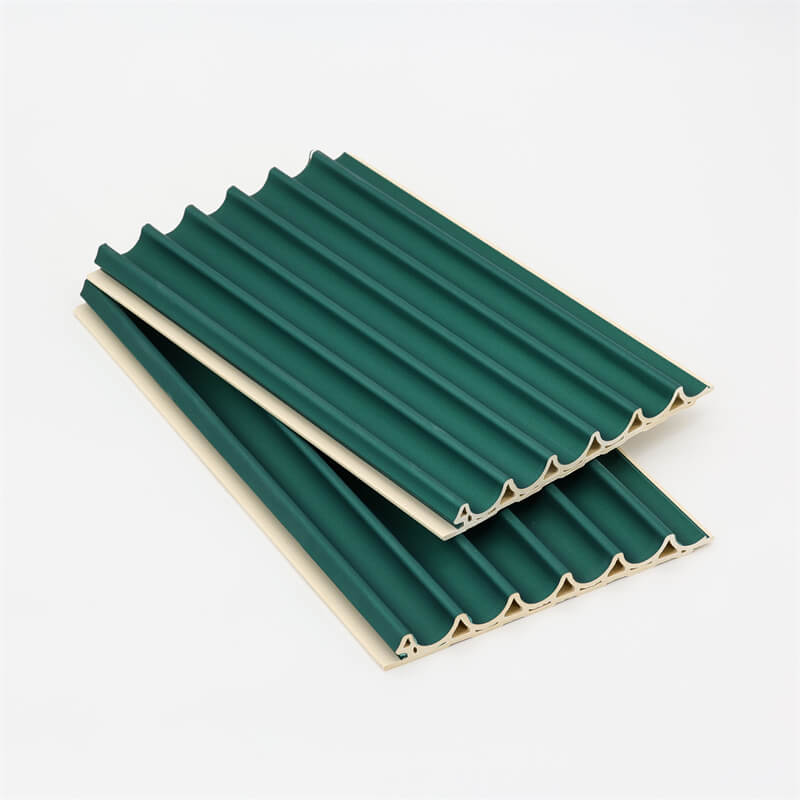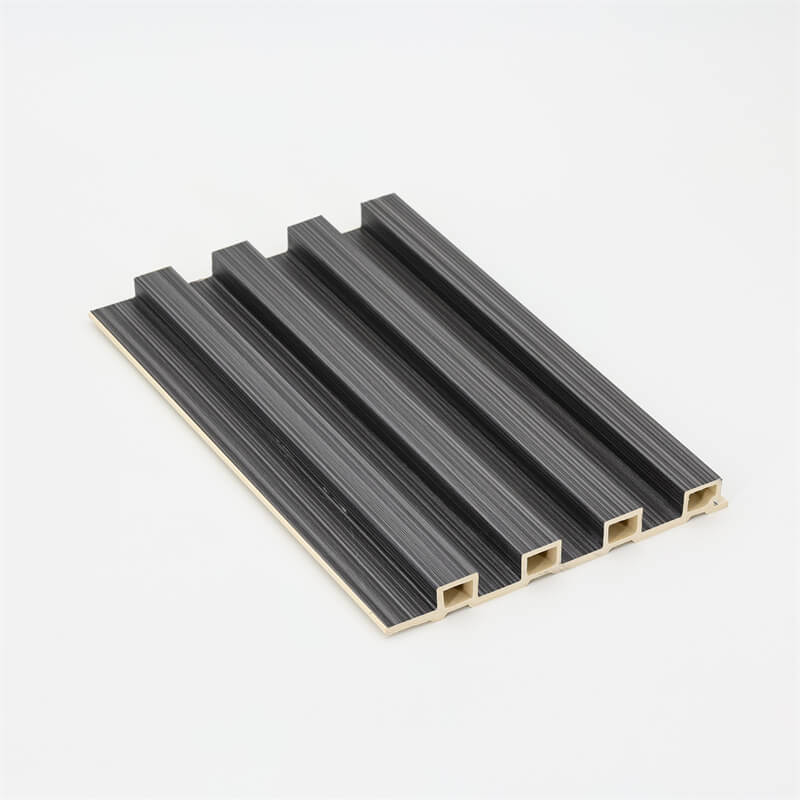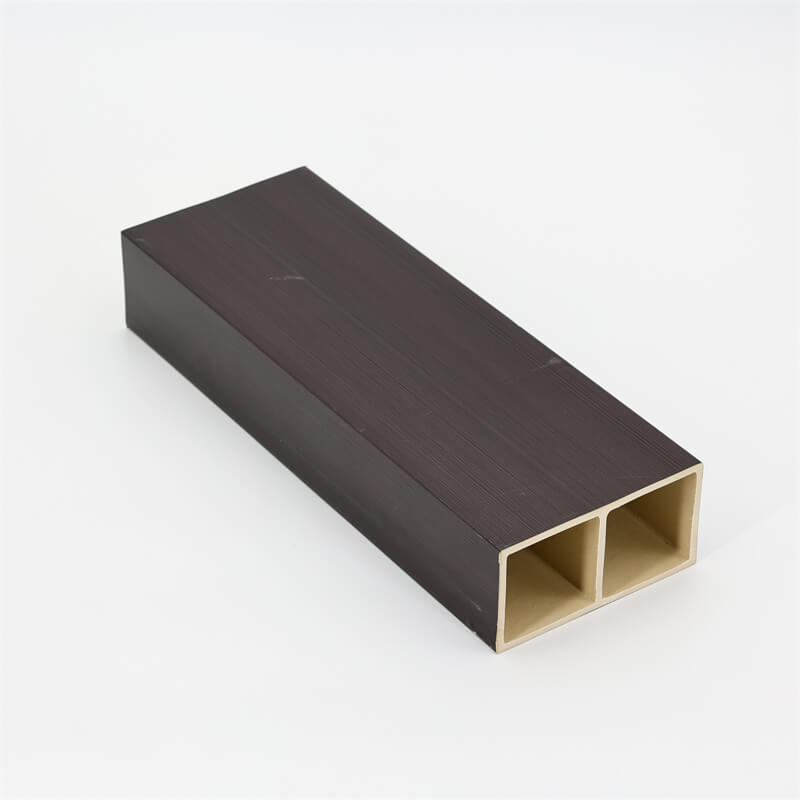
In the realm of modern construction, ensuring safety is paramount.
Fire incidents have posed significant threats to life, property, and the environment, making fire resistance a crucial consideration in building materials.
Wood-Plastic Composite (WPC) wall panels have emerged as a popular choice due to their aesthetic appeal, durability, and sustainability.
However, concerns have been raised about the fire resistance properties of WPC wall panels.
This essay explores the significance of fire resistance in construction materials, delves into the characteristics of WPC wall panels,
analyzes their fire resistance capabilities, and discusses measures to enhance their safety.
By prioritizing safety and exploring the potential of WPC wall panels, we can strike a balance between aesthetics and fire protection in modern architecture.
The Importance of Fire Resistance in Construction Materials
Fire incidents in buildings can have catastrophic consequences, leading to loss of life, property, and critical infrastructure.
The aftermath of such incidents can be devastating, causing emotional and financial distress to the affected individuals and communities.
Thus, architects, engineers, and construction professionals must prioritize fire resistance when selecting building materials.
Fire resistance refers to a material’s ability to withstand or slow down the spread of fire and prevent its involvement in the fire’s progression.
Building codes and regulations around the world emphasize the need for fire-resistant materials, especially in critical areas like walls and ceilings.
Fire-rated materials can significantly improve evacuation times and provide a safer environment for occupants during a fire emergency.

Understanding Wood-Plastic Composite (WPC) Wall Panels
Wood-Plastic Composite (WPC) wall panels are a popular choice in modern construction due to their versatility and eco-friendliness.
WPC wall panels are composed of a blend of wood fibers or sawdust and thermoplastic materials, such as polyethylene, polypropylene, or PVC.
The combination of these materials results in a durable and aesthetically pleasing product that mimics the appearance of natural wood.
WPC wall panels offer several advantages over traditional wood and other building materials.
They are resistant to rot, decay, and insect damage, making them suitable for both indoor and outdoor applications.
Additionally, WPC wall panels are low-maintenance, easy to install, and boast an extended lifespan, reducing the need for frequent replacements.

Analyzing Fire Resistance Capabilities of WPC Wall Panels
Despite the many advantages of WPC wall panels, concerns have been raised about their fire resistance capabilities.
The presence of organic material, such as wood fibers, in WPC panels raises questions about their performance in the event of a fire.
The potential for these panels to contribute to the fire’s spread and emit toxic fumes demands a comprehensive analysis of their fire resistance properties.
WPC wall panels undergo fire testing to determine their performance in fire scenarios.
Several key factors influence their fire resistance, including the percentage of wood fibers, the type of thermoplastic used, and the manufacturing process.
It is crucial to assess flame spread, heat release rate, smoke production, and other fire-related characteristics during these tests.
Enhancing Fire Safety of WPC Wall Panels
Addressing the fire safety concerns associated with WPC wall panels requires a multi-faceted approach.
Manufacturers, architects, and regulators must collaborate to improve the fire resistance properties of these materials.
- Formulation Improvements: Manufacturers can explore alternative thermoplastic materials with enhanced fire-resistant properties, reducing the organic content in the panels. Incorporating fire-retardant additives during the production process can also bolster the fire resistance of WPC wall panels.
- Fire Retardant Treatments: Applying fire-retardant coatings or treatments to the surface of WPC wall panels can improve their fire performance. These treatments act as a barrier, slowing down the spread of flames and reducing smoke generation.
- Compliance with Standards: Adhering to building codes and regulations related to fire safety is essential. Governments and regulatory bodies must establish stringent standards for fire resistance in construction materials, including WPC wall panels.
- Integration of Fire Safety Systems: In addition to using fire-resistant materials, incorporating fire safety systems within buildings is critical. This includes installing fire alarms, sprinkler systems, and smoke ventilation systems to detect and suppress fires promptly.
In conclusion, prioritizing fire resistance in construction materials is essential to ensure the safety of occupants and protect property from fire incidents.
Wood-Plastic Composite (WPC) wall panels offer an eco-friendly and aesthetically pleasing alternative to traditional building materials. However, their fire resistance capabilities have been a subject of concern.
By understanding the importance of fire resistance, analyzing the characteristics of WPC wall panels,
and implementing measures to enhance their fire safety, architects, engineers, and manufacturers can strike a balance between aesthetics and fire protection in modern construction.
Collaboration between stakeholders and compliance with fire safety standards will ultimately lead to safer and more sustainable buildings for the future.
